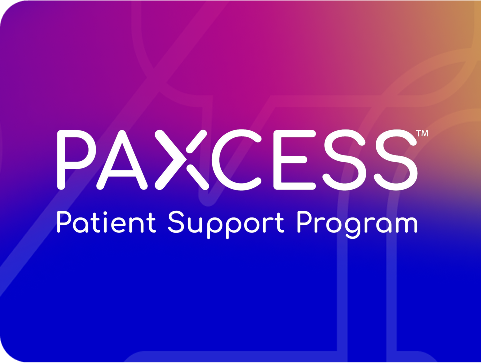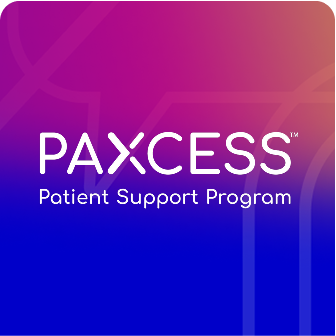
Authorized for Emergency Use
PAXLOVID™ has not been approved, but has been authorized for emergency use by FDA under an Emergency Use Authorization (EUA), for the treatment of mild-to-moderate COVID-19 in pediatric patients (12 years of age and older weighing at least 40 kg) who are at high risk for progression to severe COVID-19, including hospitalization or death.
The emergency use of PAXLOVID is only authorized for the duration of the declaration that circumstances exist justifying the authorization of the emergency use of drugs and biological products during the COVID-19 pandemic under Section 564(b)(1) of the Act, 21 U.S.C. § 360bbb-3(b)(1), unless the declaration is terminated or authorization revoked sooner.
Information to help inform your decision-making
Select a topic below for information that could be helpful when considering prescribing PAXLOVID for emergency use.
Drug interactions
View boxed warning, contraindicated drugs, and other potentially significant drug interactions.


Efficacy
See the efficacy data from the phase 2/3 EPIC-HR trial of adult participants with a laboratory-confirmed diagnosis of SARS‑CoV‑2 infection at high risk for progression to severe disease.
Safety
Find out about the safety data from clinical studies and post-authorization experience and how to report an adverse event.
Dosing
Learn about the standard, reduced, and severe renal impairment doses of PAXLOVID.


SARS-CoV-2=severe acute respiratory syndrome coronavirus 2.
Reference:
Fact Sheet for Healthcare Providers: Emergency Use Authorization for PAXLOVIDTM. Pfizer Inc.; 2025.

